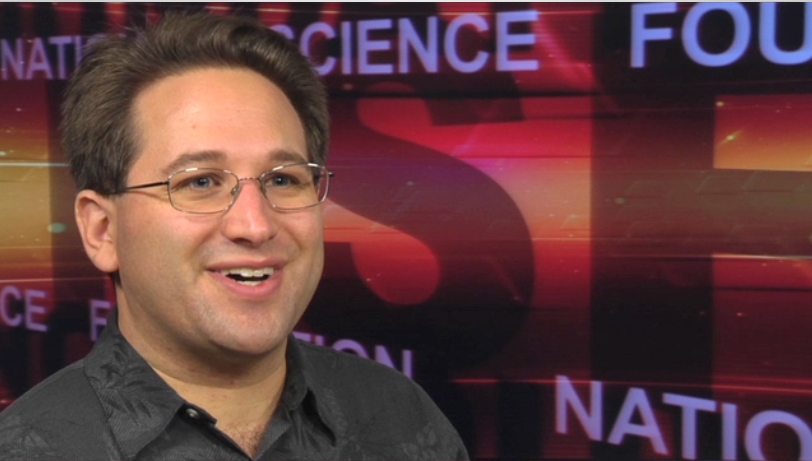Exploring the Limits of Quantum Computers

This ScienceLives article was provided to LiveScience in partnership with the National Science Foundation.
What might surprise people about the work of theoretical computational scientists? "Just how little ... we actually rely on computers," said Scott Aaronson, associate professor of electrical engineering and computer science at the Massachusetts Institute of Technology.
"We use them to check email and do word processing," he said, "pretty much like anyone else."
Aaronson's research seeks to illuminate what can and can't be done in computation according to the laws of physics. He studies quantum computing, which he not surprisingly regards as "one of the most exciting things happening in science right now." In 2011, Aaronson received an Alan T. Waterman award at a State Department ceremony. The award is the National Science Foundation's highest honor.
"By illuminating the fundamental limits on what can be computed in the physical world, and the potential implications of those limits, Scott Aaronson has staked out important new ground in computational theory," Massachusetts Institute of Technology President Susan Hockfield said of the award.
To learn more about Aaronson's work discover his thoughts about the future of quantum computing, read his December New York Times article "Quantum Computing Promises New Insights, Not Just Supermachines" or his popular blog, Shtetl-Optimized.
Below, Aaronson answers 10 questions related to his life as a scientist.
Sign up for the Live Science daily newsletter now
Get the world’s most fascinating discoveries delivered straight to your inbox.
Name:Scott Aaronson Institution: MIT Field of Study: Theoretical Computer Science
Editor's Note:The researchers depicted in ScienceLives articles have been supported by the National Science Foundation, the federal agency charged with funding basic research and education across all fields of science and engineering. Any opinions, findings, and conclusions or recommendations expressed in this material are those of the author and do not necessarily reflect the views of the National Science Foundation. See the ScienceLives archive.










